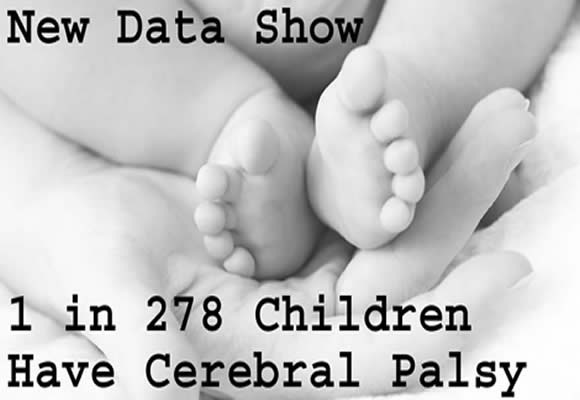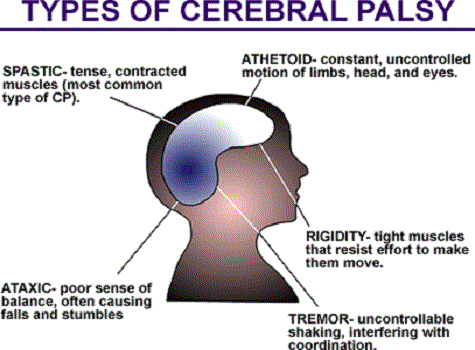Best Speech Therapy Techniques for Children with Cerebral Palsy
Cerebral palsy (CP) is a congenital disorder that can cause a wide range of health issues. It is typically diagnosed in infancy or around the time that a child enters preschool. There are three types of cerebral palsy: spastic, athetoid, and ataxic. Although there is no cure for cerebral palsy, treatments such as speech therapy can vastly improve the child’s quality of life. The child will most likely require speech therapy on a long-term basis. If your child is diagnosed with CP, consult his pediatrician, speech-language pathologist (SLP), physical therapist, occupational therapist, and other specialists to develop a treatment plan that suits his needs.
Symptoms of Cerebral Palsy
Cerebral palsy interferes with a person’s motor skills and movement. Children may also have hypotonia, or poor muscle tone. If your child has cerebral palsy, he may experience involuntary tremors or writhing movements. His muscles may display rigidity and he may have exaggerated reflexes. Kids with cerebral palsy also have difficulty with fine motor skills, such as gripping items, as well as problems swallowing.
Speech and Language Difficulties
Children with cerebral palsy also often have communication difficulties. Speech delays are common. Children may also have difficulty producing sounds due to poor muscle control. Many youngsters with CP have dysarthria, a motor speech disorder. Articulation can be a challenge. Your child might also have hearing loss, which can further complicate communication and contribute to speech and language delays.
Speech Therapy Techniques for Cerebral Palsy
Augmentative and Alternative Communication (AAC) Devices
An AAC device is any method of nonverbal communication. Children with a severe speech delay can benefit from using alternative methods of communicating to express themselves and reduce frustration. Unfortunately, many kids with CP struggle with motor control, so sign language might be difficult for some. Your child’s SLP can teach him to use an electronic reader device or to use a picture cards system to communicate.
Oral Motor Skills
Your child’s speech therapist can also guide him through exercises designed to strengthen the oral motor muscles. These might include tongue curling, blowing bubbles, and cheek puffing. Oral motor exercises may improve muscle tone and increase control over the muscles needed for speech. However, speech therapists are divided as to the benefits of oral motor exercises to improve speech. A recent study suggests that they may not be as helpful as previously thought. You may wish to get a second or third opinion from additional SLPs.
Articulation
Many kids with cerebral palsy struggle to articulate words clearly. Speech therapists might do articulation drills to encourage the child to produce the target sound. An SLP will also likely teach the child how to manipulate the oral motor muscles to produce each sound. Talk to your child’s SLP about speech therapy techniques that you can do at home to improve articulation. As well, consider using Speech Buddies for specific target sounds. A few minutes of practice with Speech Buddies daily can help your child learn the proper positioning of his tongue for certain sounds.





Would you use traditional Stuttering therapy with children who have cerebral palsy?